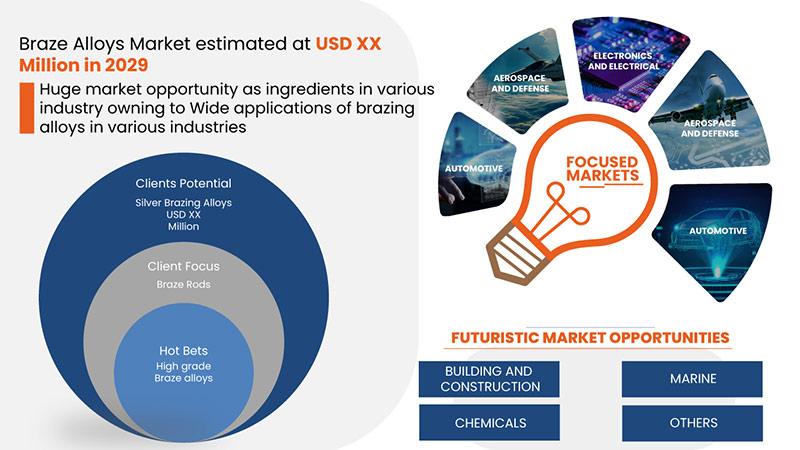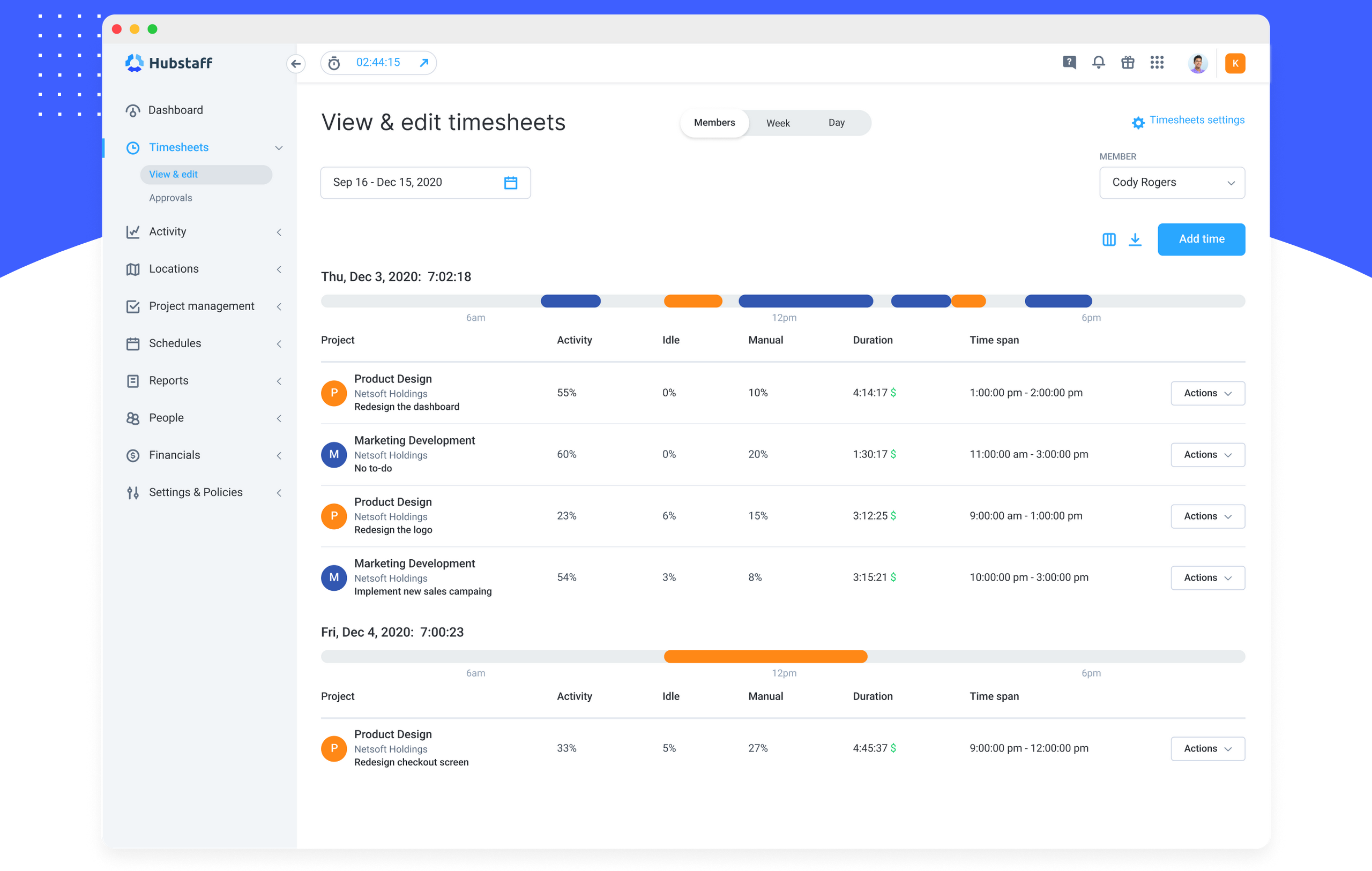Automotive Infotainment Market Share Evolves as Connectivity Becomes Core Vehicle Feature

The global Automotive Infotainment Market is stepping into a new era where in-vehicle systems are no longer optional extras but centre-stage components of the driving experience. Infotainment systems—which include audio, video, navigation, connectivity, display screens and user interfaces—are transforming how we interact with vehicles. As vehicles become more connected, software-centric and feature-rich, the share of infotainment modules in overall vehicle electronics spend is rising significantly.
The Importance of Infotainment in Modern Vehicles
In past decades, an infotainment system might have meant a radio and perhaps a basic screen. Today, it is the cockpit hub: integrating smartphone mirroring, voice commands, cloud services, over-the-air updates, driver assistance features and multi-screen environments. Because of this expanded role, automakers are allocating more content, cost and validation resources to infotainment systems. Therefore, the market share of these systems—both in unit count and in value per vehicle—is increasing. As OEMs push to deliver seamless user experiences that match consumers’ expectations of smartphone-like connectivity, infotainment becomes a strategic differentiator.
Drivers Behind the Growing Market Share
One key driver is consumer demand for connectivity and seamless digital experience inside cars. As consumers expect their vehicle to integrate music streaming, navigation, apps, smartphone connectivity, and personalized settings, infotainment system providers must elevate their offerings—and this pushes value upward. Another driver is the increasing electronic content per vehicle. Vehicle architectures are shifting: electrification, ADAS (advanced driver assistance systems), zone-based wiring, domain controllers—all of these require richer display and control systems, which bolsters the share of infotainment systems within the vehicle’s bill of materials.
Additionally, regional vehicle production growth and emerging market demand contribute. In regions where new vehicle sales are growing fast, automakers leverage infotainment features to differentiate in competitive marketplaces. Furthermore, the aftermarket for infotainment upgrades, firmware updates, integrated services and connected-car subscriptions also adds to the total market.
Lastly, the shift toward software-defined vehicles (SDVs) accentuates the relevance of infotainment. As vehicles move from hardware-centric to software-driven platforms, the systems that manage user experience—including infotainment—become more valuable.
Trends Shaping the Infotainment Market Share
Several important trends are shaping how infotainment systems gain share:
-
Large high-resolution displays and multi-screen layouts are becoming the norm, increasing material and software content.
-
Operating system convergence: Many vehicles are adopting Linux, Android Automotive OS or customised frameworks, which changes the value chain and creates software ecosystems.
-
Greater integration with connected services: Infotainment systems are no longer isolated modules—they link to cloud services, telematics units, and mobile apps. This raises system complexity and value.
-
Electrification and mobility trends: Electric vehicles (EVs) and shared mobility often place greater emphasis on user experience and cabin features, meaning infotainment becomes even more central.
-
Aftermarket upgrades and subscription services: Automotive OEMs and tier-1 suppliers are offering software upgrades, connected features, and infotainment add-ons, creating recurring revenue streams and raising the overall market share beyond just initial vehicle sale.
Regional Dynamics
Regionally, the Asia-Pacific region currently leads in volume given the massive vehicle production and large consumer markets, which drives share growth in units and scale. Meanwhile, North America and Europe show higher value per vehicle due to premium vehicles, advanced features and stringent regulations for driver information systems. As emerging markets adopt higher levels of connectivity and infotainment features, their contribution to global market share is rising, shifting the global balance.
Challenges and Opportunities
Despite the strong momentum, several challenges remain. Supply-chain constraints (especially for semiconductor components), rapidly changing software requirements, cybersecurity concerns, and the need for standardisation pose risks. From an opportunity standpoint, there is major potential in continuous software updates, subscription-based infotainment services, integration with autonomous-driving user interfaces and aftermarket retrofits. Suppliers who can deliver scalable hardware + software ecosystems, global support networks and modular architectures are best positioned to expand their share.
Looking Ahead
As vehicles continue to evolve—becoming smarter, more connected, shared and electric—the share of the automotive infotainment market will continue to grow both in absolute value and in proportion of vehicle cost. The days when infotainment was a feature list option are over; it is now a core system that influences purchasing decisions and revenue models post-sale. For OEMs, suppliers and service providers, it is essential to treat infotainment not as an after-thought but as a strategic platform. The market share gains are being made now by those who prioritise seamless connectivity, strong UX (user experience), flexible software platforms and global scale. In this shifting landscape, infotainment is not just about entertainment—it is about the future of mobility and how vehicles communicate, connect and engage with users.
More Related Report
Automotive Active Spoiler Market Size
All-Terrain Vehicle (ATV) Engines Market Size
Categorieën
Read More
"Executive Summary Braze Alloys Market Size and Share Across Top Segments CAGR Value Data Bridge Market Research analyses that the braze alloys market will grow at a CAGR of 4.8% during the forecast period of 2022 to 2029. Braze Alloys Market research report comprises of fundamental, secondary and advanced information related to the global status and trend, market size,...

The global OTT industry is a revolutionary and strategically vital sector that has fundamentally and permanently disrupted the global media and entertainment landscape. This industry is a global ecosystem of content creators, technology platforms, and media conglomerates, all focused on a single, powerful mission: to deliver video content directly to the consumer over the internet,...

While the time tracking software market is on a clear upward trajectory, its growth is not without significant friction and a set of persistent challenges that act as brakes on adoption and user satisfaction. A focused look at the top Time Tracking Software Market Restraints reveals that the most significant hurdles are deeply rooted in human behavior, cultural norms, and privacy...

The cold chain equipment market growth is primarily driven by the increasing demand for pharmaceuticals and vaccines, particularly in light of recent global health challenges. Vaccine cold chain logistics have become a focal point, requiring stringent temperature control to ensure efficacy. Furthermore, the growth of the frozen food supply chain is contributing to the overall expansion of the...

Wind Energy Market, Wind energy market expands with growing demand for onshore and offshore renewable electricity generation. The Wind Energy Market is a cornerstone of the global transition to renewable energy. It encompasses all aspects of harnessing the kinetic energy of wind to generate electricity, including the manufacturing of wind power installations, project development, and long-term...
